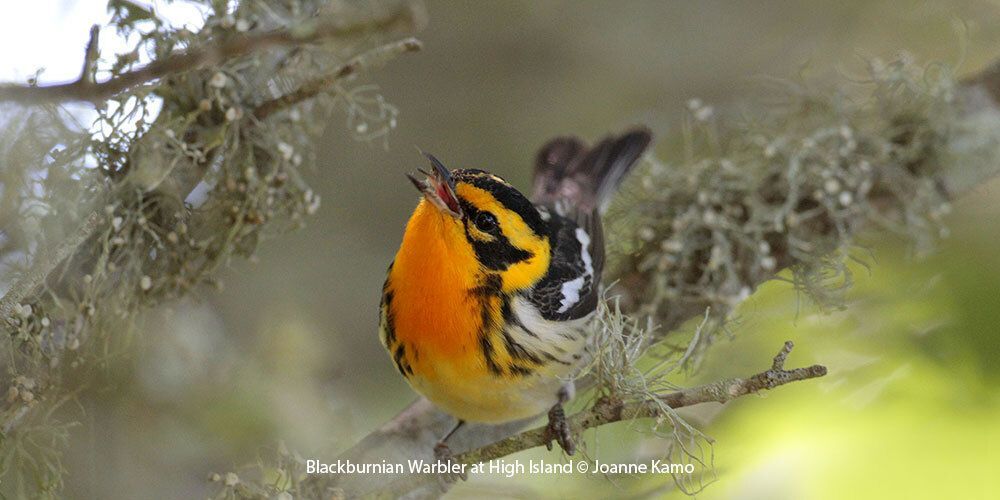Fall for Composting
Useful Links
Fall is an exciting time of the year to a frugal gardener. Why? Because bags of leaves appear every week on driveways all around Houston. To most people these bags might appear as another bag of trash, but to the gardener who understands the need to replenish the soil (which has given up scores of nutrients during the growing season); a bag of leaves is a mine of carbon. So what is the connection between carbon and gardening? Carbon is essential to composting. Composting is the deliberate act (by humans) of gathering plant material and allowing it to decay for a period of time, at the end of which, new soil is created. Decomposition, the natural process at work, constantly takes place in nature. Thanks to decomposition, our natural areas are not covered with decaying animal and plant matter, and the planet gets the added bonus of continuous renewal of its soil. Whether it’s a natural or deliberate process, the resulting soils are usually full of life-giving nutrients.
Successful composting requires some key elements; 1) Carbon to nitrogen ratio. Decomposition takes place in part thanks to bacteria and fungi activity. As bacteria break down plant matter, they need a lot of carbon to provide them with energy; they need the nitrogen so they can build up their bodies and reproduce. Scientists have determined the appropriate ratio of C:N is 30:1. Fallen leaves are very high in carbon as is straw, wood shavings and paper; these are the "brown" ingredient of composting. Nitrogen is high in food scraps, grass clippings, rotted manure and pruning from soft tissue plants (non-woody). The latter are the "green" ingredients. 2) Adequate heat, moisture and oxygen. Your pile of compost will become warmer due to the heat released by the bacteria as a byproduct of their activity. The hotter your compost, the faster the heap will turn into soil. The same is true for moisture and oxygen availability. If the pile gets to dry, the bacteria will slow down and even die. Aerobic bacteria- the kind that works under conditions where oxygen is present- will decompose without causing any smell. A smelly pile will occur when not enough oxygen is available and the anaerobic bacteria take over. Decomposition still occurs but with the unwanted side effect of bad odor.
In addition to the old fashioned heap in the corner of your backyard, there are now many commercial compost bins available in many shapes and sizes; some can be even used indoors. Check out Planet Natural, Mantis, and Peaceful Valley for several choices.
How do I get started?
- Find a place in your back yard where you can compost safely without disturbing the neighbors (you might have a period of trial and error during which your compost might become smelly).
- Start with a good layer of brown stuff; add green stuff over it. Repeat. Remember to always add more brown than green stuff, otherwise the heap will get smelly and decomposition will slow down. As a rule of thumb any plant-based kitchen leftovers may be added, as can paper products, including cardboard rolls, tissues, paper towels, coffee filters and newer biodegradable, starch-based plastics. Don't compost animal or meat byproducts, such as dairy, grease, lard, oils and fish waste, which can create odor problems and attract rodents and other pests. Don’t use pine needles; due to their waxy coat they take a long time to break down. For an odor-free pail to use in your kitchen (which we use at SBUNC), check out garden.org/home and go to NGA Garden Shop.
- "Turn" your compost. Turning is the act of aerating with a pitch fork (in the case of a heap) or manually rotating the compost bin; it does speed up the composting process, but is not essential.
- Compost should be "finished" before application, which means it should be deep chocolate brown when dry, smell sweet and earthy and shouldn't give off heat or steam.
- To determine how much compost is needed for lawns and garden beds based on a 3-inch thick layer, multiply the square footage of area to be treated times 3. Apply the 3 inch layer on top of the area and work into garden soil before planting in spring or late fall, or a handful can be transplanted into the hole before planting annuals and perennials. Apply 1/2-inch compost as a top dressing to lawns in the spring/fall and for shrubs and garden plants several times a year. Mix one part finished compost with two parts soil for a nutritious potting mix for houseplants. When planting seeds, use less compost and more soil to allow roots to take hold firmly.
For more information on composting go to Master Composter.
Happy composting! Your soil – and your plants - will thank you.


